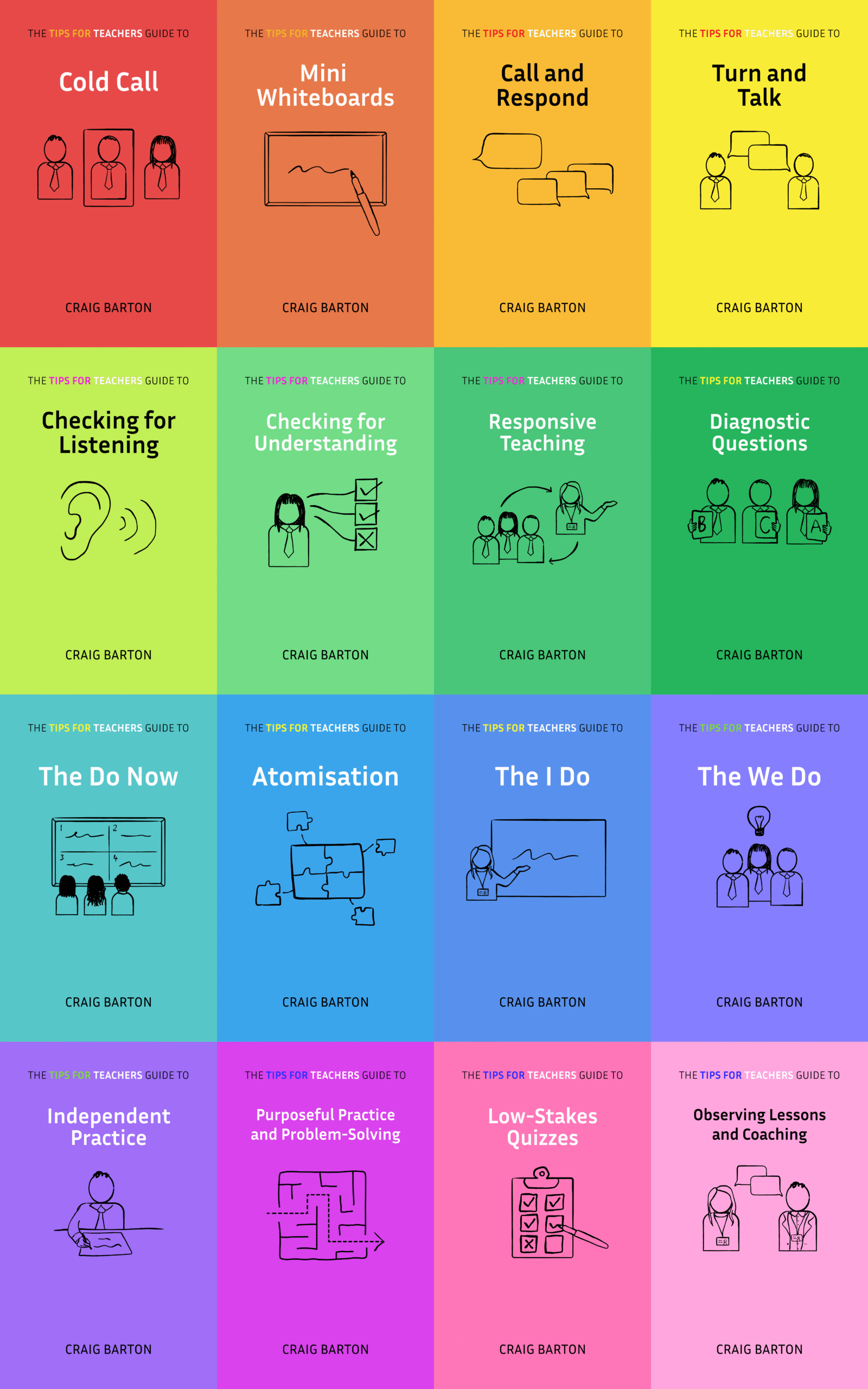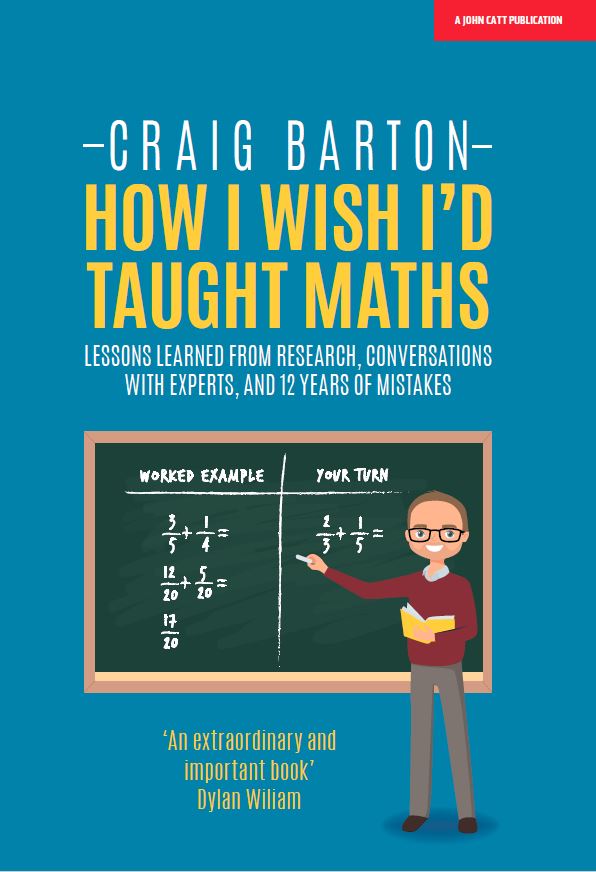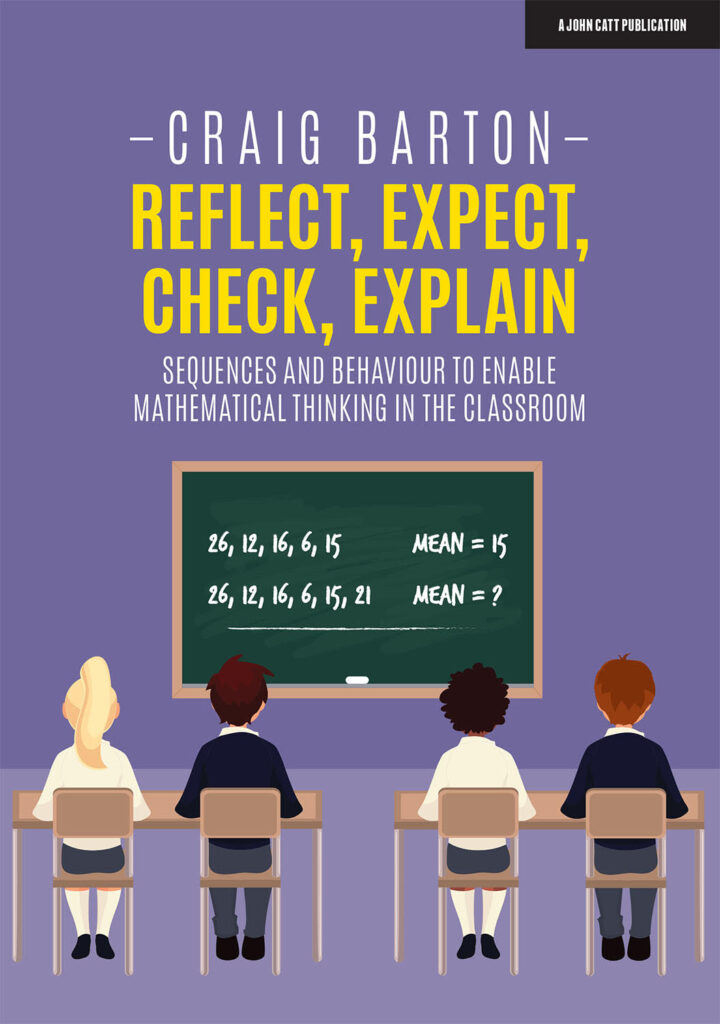
- Title: Using Diagnostic Classroom Assessment: One Question at a Time
- Authors: Ciofalo and Wylie
- Access the original paper here
- Watch a video summary:
Paper summary
“Using Diagnostic Classroom Assessment: One Question at a Time,” discusses how integrating diagnostic items into daily teaching practices can improve student learning by addressing misconceptions. Written by Joseph F. Ciofalo and E. Caroline Wylie, the article argues that while standardized testing illuminates learning issues, improving classroom instruction through formative assessment is crucial for progress. The authors define formative assessment as the process of gathering evidence of learning to adjust teaching activities, focusing on using specific multiple-choice questions—diagnostic items—to quickly identify what students misunderstand. This approach provides teachers with immediate, actionable information to diagnose learning problems and tailor subsequent instruction, making it a valuable resource for both classroom practice and professional development.
If teachers remember one thing from this study, it should be…
Use diagnostic items daily as a formative assessment tool. Their power lies in revealing specific student misconceptions, not just incorrect answers. This evidence enables immediate adjustments to instruction, thereby improving student learning.
***Paper Deep Dive***
What are the technical terms used in the paper?
Diagnostic Items are questions used to uncover specific student misconceptions—inaccurate, incomplete, or partial understandings.
Formative Assessment is a process where information about learning is evoked and used immediately to modify teaching and learning activities.
What are the characteristics of the participants in the study?
The participants are a group of 4th and 8th grade teachers. They teach mathematics and science and are involved in a project focusing on incorporating diagnostic items into their everyday classroom practice.
What does this paper add to the current field of research?
This paper contributes a framework for teachers to use diagnostic items daily as a specific formative assessment tool. It emphasises focusing classroom assessment on uncovering student misconceptions and using that evidence immediately to adjust instruction and improve learning.
What are the key implications for teachers in the classroom?
The key implication for teachers is to integrate the use of diagnostic items into their daily classroom practice as a specific strategy for formative assessment.
This approach allows teachers to:
- Diagnose Misconceptions: Teachers must use questioning specifically designed to find out not just what students know, but what they do not know. Diagnostic items are powerful because an incorrect response provides specific insight into the nature of the student’s misconceptions—inaccurate, incomplete, or partial understandings. This evidence helps the teacher “diagnose” the learning problem.
- Adjust Instruction Immediately: Formative assessment is defined as a process where evidence of learning is evoked and then used immediately to modify the teaching and learning activities. Teachers should use this evidence to adjust instruction as necessary, provide immediate feedback to individuals or the whole class, or structure the next lesson.
- Utilize Items Flexibly: Teachers are encouraged to use individual diagnostic items efficiently and flexibly, using just “one item at a time” within the flow of day-to-day lessons. An item can be used at the start of a lesson to determine a baseline understanding, mid-way to decide between instructional paths, or near the end of instruction to identify struggling students.
- Focus on Quality over Constraint: When developing or selecting diagnostic items, the main concern is ensuring that incorrect answer choices (distractors) are related to common student misconceptions. Because the stakes are very low, teachers are freed from some constraints of high-stakes testing; for example, they can include two correct answers if it generates valuable classroom discussion.
Ultimately, this practice supports teachers by embedding a focus on questioning strategies into their existing routine of lesson planning, providing a resource and “habit of mind” to improve student learning.
Why might teachers exercise caution before applying these findings in their classroom?
Teachers must ensure they use valid items that specifically uncover misconceptions. Constructing these quality questions, where incorrect choices relate to common student errors, requires a “great deal of effort” and is critical for accurate diagnosis.
What is a single quote that summarises the key findings from the paper?
“The main concern in developing diagnostic items is to ensure that the incorrect answer choices are connected to incorrect or incomplete understandings; and thus all student answers, not just the correct answers, provide insights into their learning“








